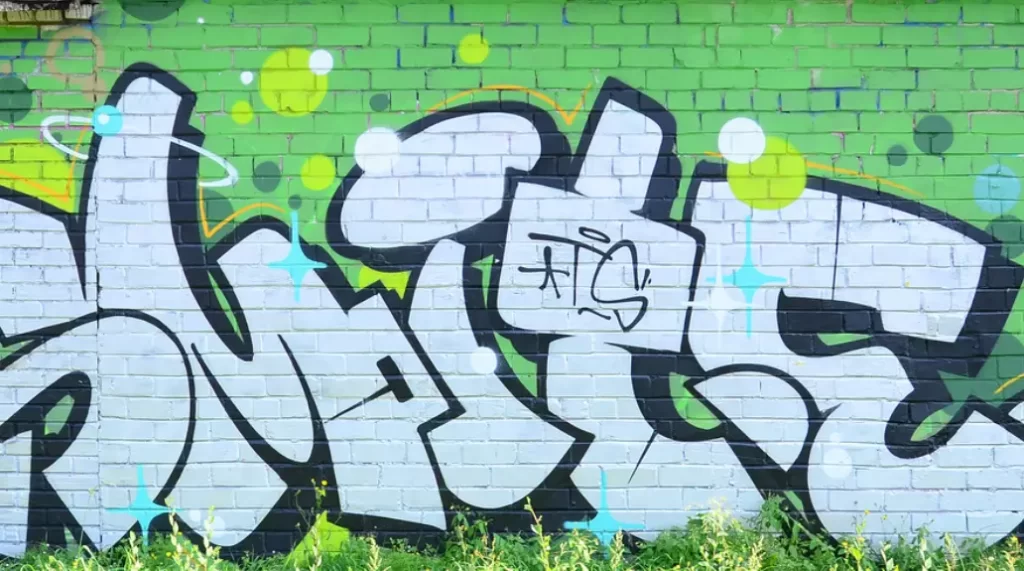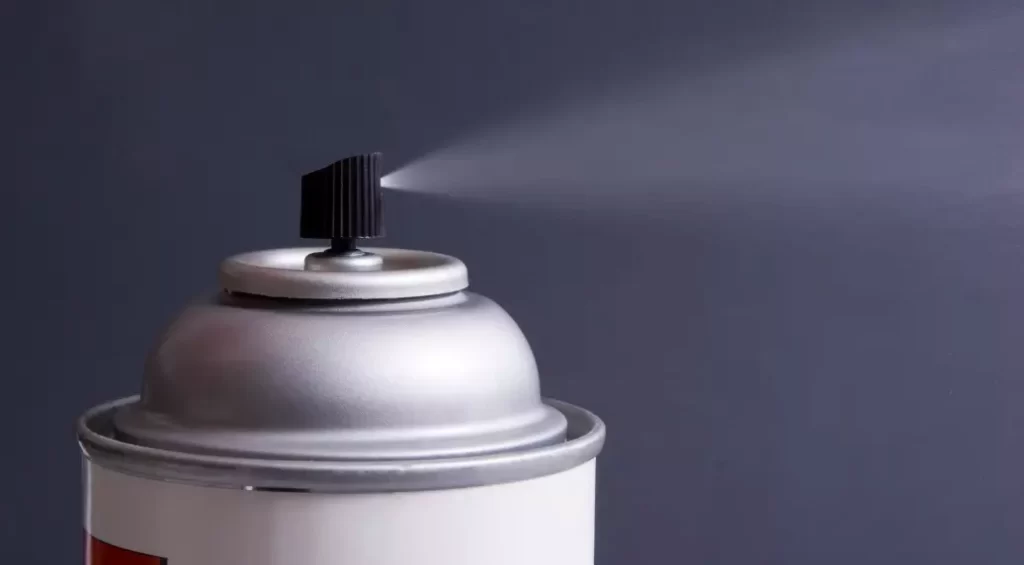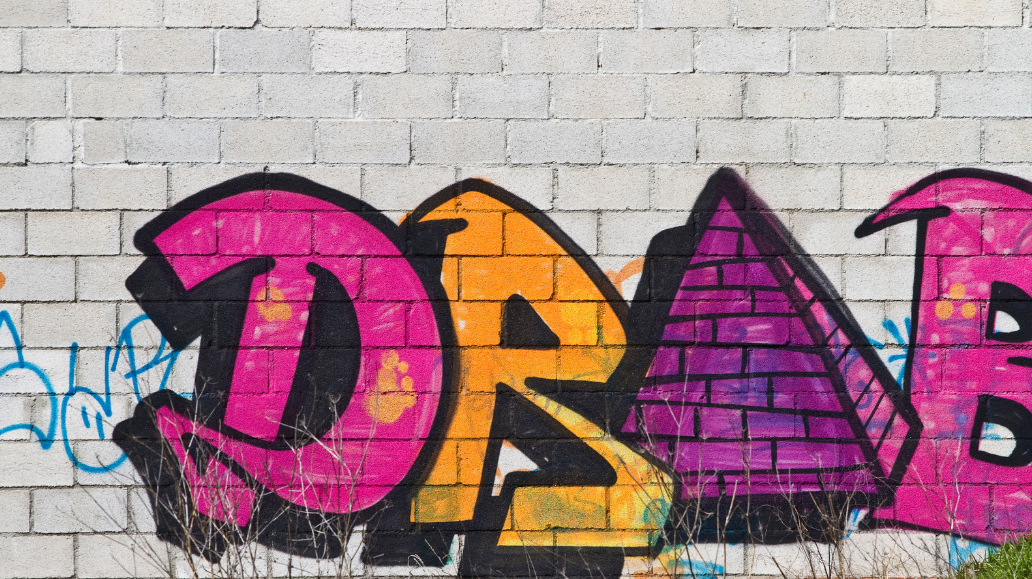Graffiti is a form of street art. It is a way for individuals to express themselves through their art. If you have ever seen graffiti, you know that it is something that is often done in the streets. Graffiti has been around for decades. While it was once very common, it has been disappearing from many cities due to the rise of technology. However, there are still people who love to get creative and leave their mark on the world. In this article, we will show you how to do graffiti letters with spray paint.
How to do graffiti letters with spray paint?
These are the steps to create graffiti letters with spray paint:
- Choose a location for your graffiti letters
- Select a can of spray paint
- Hold the can at an angle, about 15 degrees from vertical
- Spray on one column of your graffiti letters, then move the can down to the next column and spray again
- Keep going until you’ve covered all of the letters in both directions

Things to consider
When you want to do graffiti letters with spray paint, there is a little more to it than just picking up a can of spray paint and getting started. The first thing you need to do is choose your tools.
The most important tool you will need is an aerosol can and nozzle. The nozzle should fit into the tip of the can so that you can get the right amount of pressure when spraying out of it. You will also want to make sure that the nozzle has a tip that is thick enough for the paint not to leak out when not being sprayed.
You will also need something called a compressor, which is what helps push air through the aerosol can so that it can spray out properly. This compressor should be turned on before each use. As a result, it does not take as long for air pressure to build up before spraying starts taking place.
Finally, you need some paint! There are many types out there but we recommend choosing one that does not fade away quickly or easily. Therefore, it lasts longer before needing to be redone again later down the road! You can check the best spray paint for graffiti article to find the best one.
Can You Use Normal Spray Paint For Graffiti?

Yes, you can use normal spray paint for graffiti. But you won’t get the perfect result like the specially made spray paint.
Graffiti is not just about spray painting on walls. It’s more than that. Graff writers usually do it as a form of expression, to express their feelings and thoughts through the art they create. That’s why they use specific types of spray paint in order to achieve the best results possible.
In order to achieve maximum results from your graffiti art, you need to use the right type of paint that will last longer and give you better results.
What Type Of Paint Should I Use For Graffiti?
You should use this type of paint which is specially made for graffiti. This paint will not damage your walls, it’s easy to clean up and it’s very affordable. It also has great coverage and lasts a long time. The best part about this product is that it doesn’t smell like regular paint. So you don’t have to worry about having an odor in your home or outside where you are working on pieces.

These paints come in many different colors and they are good for both indoor and outdoor projects. They can be used on walls, ceilings, mirrors, and even glass surfaces. So you have plenty of options when choosing what surfaces you want to work on. You will also find that these paints dry quickly. So there isn’t much waiting around before getting started with the project at hand!
Conclusion
Spray painting graffiti letters is a fun way to express your creativity. Spray paint is a great tool for beginners. Because it’s easy to use and comes in a variety of colors. If you’re interested in learning how to do graffiti letters with spray paint, we hope our tips help you get started!

Jessica Olson is a talented painter known for her evocative and vibrant artwork. Her paintings eloquently capture the beauty of the natural world and the depth of human emotion. With a keen eye for color and form, Jessica’s art invites viewers to embark on a visual journey that resonates with the soul. Through her work, she seeks to evoke contemplation and emotional connection, leaving an indelible impression on all who experience her art.
